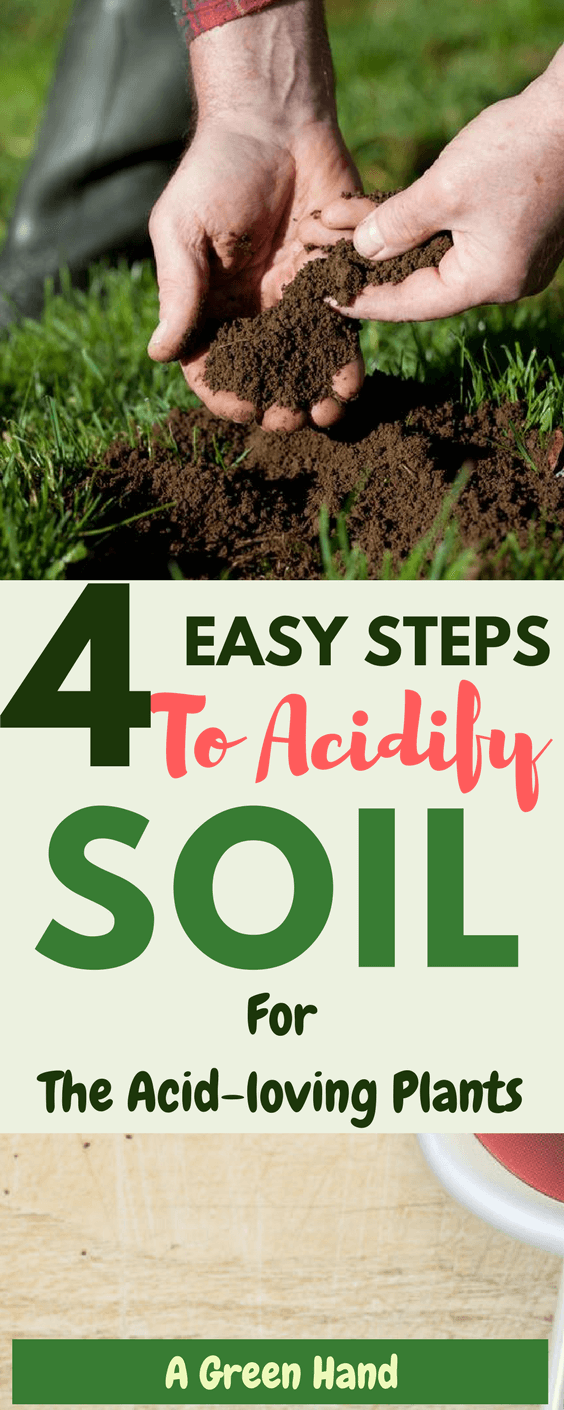Problems can arise if your soil is not acidic enough for plants. Or if you notice some yellow leaves on your plants or stunted growth, the problem might not be necessarily a disease or pest but rather low soil acidity.
And so to make sure that your plants thrive you need to understand how to acidify soil. Luckily, with the right information modifying your soil for the “acid-loving” plants should not be hard.
Understanding PH and Soil Acidity

Soil acidity is the measure of hydrogen ions in the soil solution, and it is expressed as soil PH using a scale that runs from 0 to 14. If the value of your soil PH is below 7, it means that you have an acidic soil while any readings above 7 indicate that the soil is alkaline.
The soil PH will affect the conditions for growth of roots because it determines the availability of essential elements that your plants need to grow and also those that might be toxic to them.
Lowering the PH or acidifying the soil increases the amounts of essential compounds like zinc and iron which plants need to grow.
What You Will Need
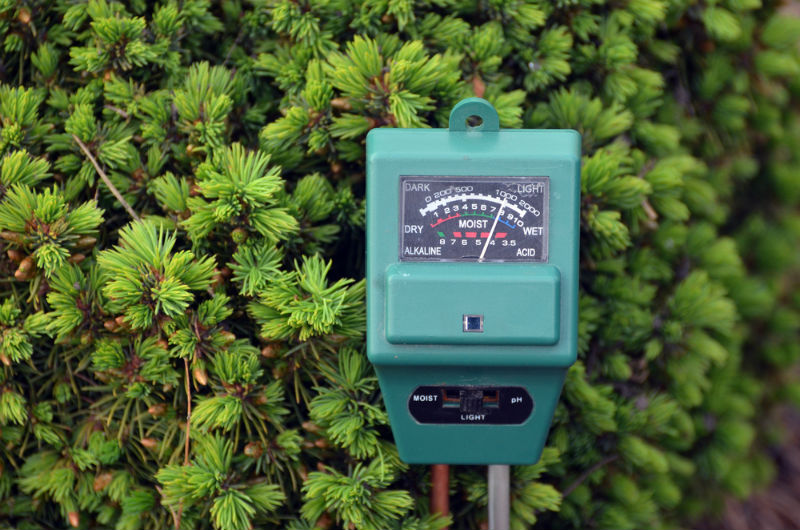
- Soil test kit
- A tiller or a spade
- Sulfur, aluminum sulfate or ferrous sulfate
- Compost, manure or peat moss
Step By Step Guide
Step #1: Testing Soil and Water PH
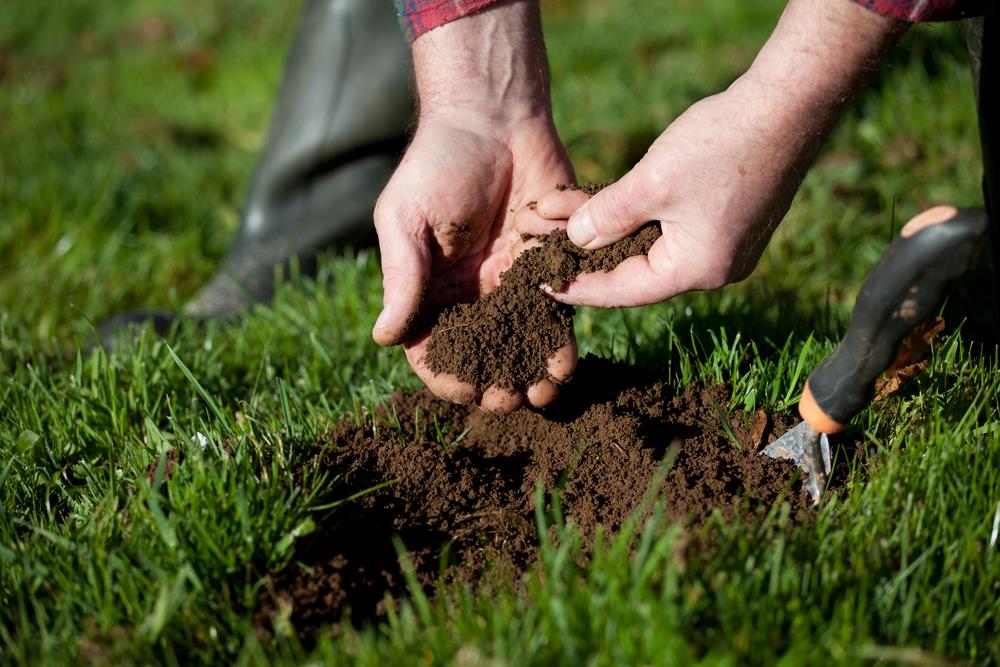
The first step in acidifying your soil is always to test it. Even if the dirt and plants show all the signs that the PH is not right, you cannot be certain without testing it because many other problems that can create similar symptoms. The best idea is to have your soil tested by a professional because this yields the most accurate results.
If you do not like the idea of having a professional do the testing you can still do it yourself. The easiest way to do this will entail buying a PH meter or soil testing kit and using it to determine the PH.
But, you can also do it without a kit using paper strips or baking soda and vinegar. However, these two will only tell you whether the soil is acidic or alkaline and so a home testing kit is the best idea because it gives you an accurate number.
Water also determines the soil PH and so it is important also to test it. In most areas, the municipal or other water suppliers will keep the water PH more on the alkaline side to ensure that it does not corrode the pipes.
As you figure out how to acidify soil, it is important to know that you will need to keep the water PH at 7 (neutral) since anything above that will affect the soil acidity. And this should not be a big issue because pure and filtered water has a neutral PH.
Step #2: Determine the Soil Type
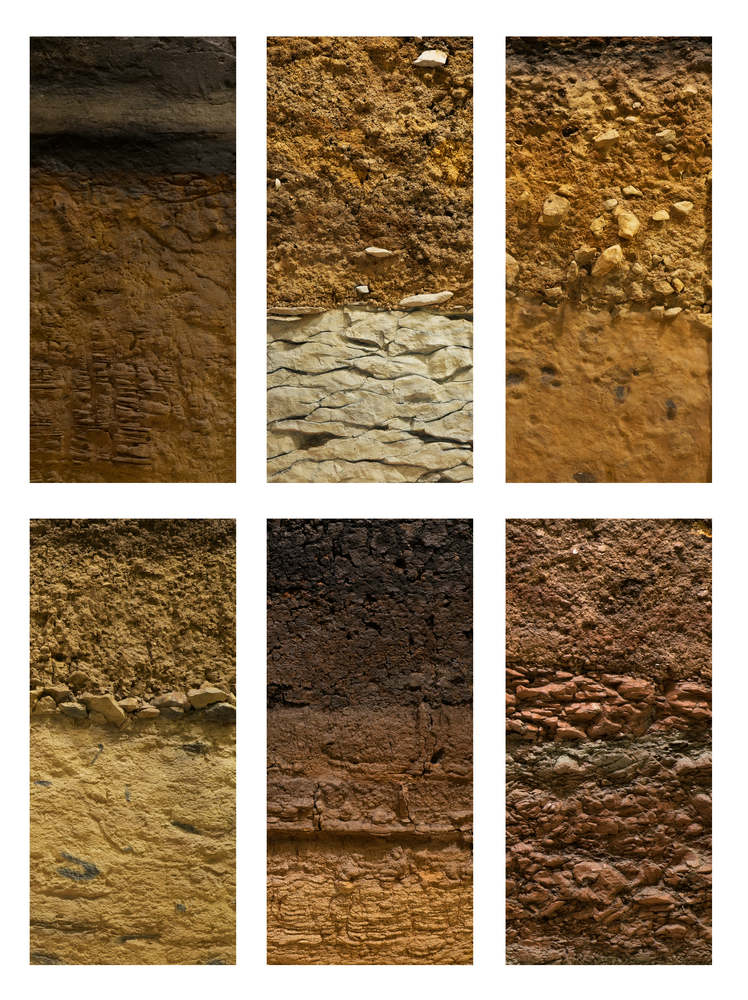
Identifying your soil type is different from testing its PH, and it is also an important step. Knowing your soil type is vital because it will help you determine the right method to use for acidifying.
In most gardens, you will find two basic types of soil. The first one is soil that is relatively loose and well-drained which is easier to acidify, and organic compounds are enough to lower the PH as they break down.
The other type is compacted soil with a lot of clay which can be quite difficult to acidify since the organic material will not work well.
Step #3: Acidify the Soil
How you acidify your soil will always depend on two things which are the PH level and the type of soil.
1. Acidifying Well Drained and Loose Soils
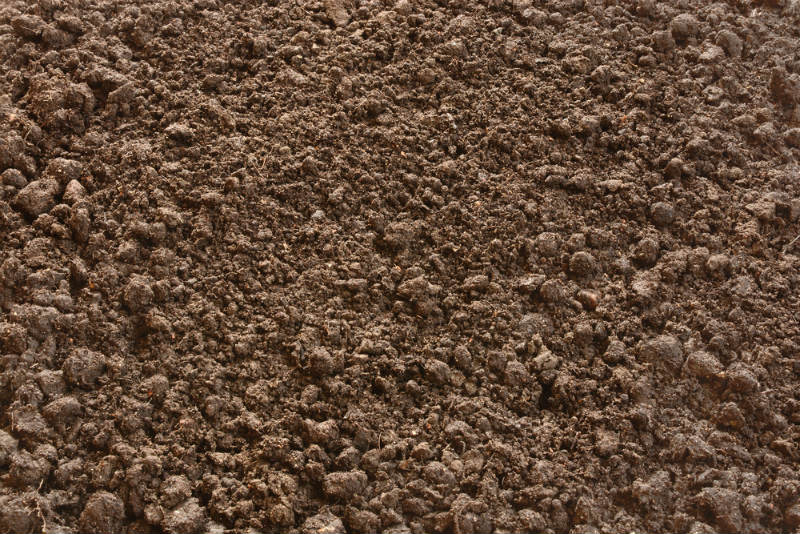
Well, drained, loose soils are the easiest to acidify. Your best bet with this kind of soil is to use organic materials because they will bring the PH down as they break down. If your soil is very alkaline, you will need to use massive amounts of organic compounds.
Manure and compost are one of the best options since they are easy to come by and will also offer your plants a generous supply of nutrients.
You can also use things like pine needles, shredded leaves, and sphagnum peat moss. But since the organic compounds take long to break down they will not be ideal if you are looking for a quick fix.
2. Acidifying Compacted Soil with A Lot of Clay
If your garden soil is highly-dense, organic materials like compost will not be helpful. These compounds can even increase the PH since the soil retains a lot of moisture.
Adding elements like iron sulfate and sulfur is the best options for you.
Sulfur is one of the best ways of acidifying the soil, and it works when the bacteria in the ground convert it into sulfuric acid. With just two pounds of sulfur, you can lower the PH on a 100 square feet garden from a neutral level to at least 4.5.
For the best results, you should apply sulfur one season before planting and make sure that you get it at least 6 inches into the soil.
3. Acidifying with Iron Sulfate and Ammonia Fertilizers
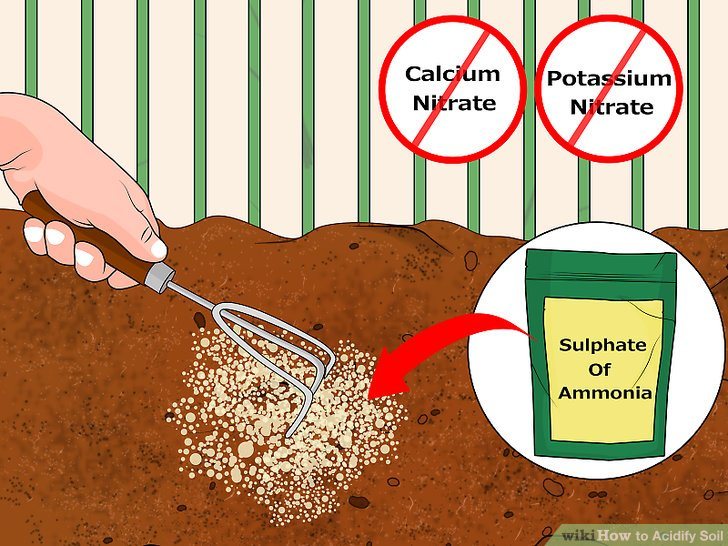
Source: Wikihow
Iron sulfate offers one of the quickest methods of acidifying the soil. Unlike sulfur, it relies on a chemical reaction to work and does not need bacteria to produce any biological action. But, you need to use a lot of it to achieve the results that you desire, and in most cases, you will need more than 10 pounds for every 100 square feet.
When using iron sulfate, it is always a good idea to divide the application into two and space them at least a month apart so that the soil gets enough time to absorb it. It can take a month or even less for iron sulfate to acidify the dirt and so it is possible to use it the same season you intend to plant.
In many cases, a fertilizer that contains ammonia is all you need to acidify your soil. Most of these fertilizers will contain sulfur-coated or ammonia sulfate which are the compound that makes them ideal for acidifying the soil. But, avoid those with potassium nitrate and calcium nitrate as they will make the soil more alkaline.
Step #4: Maintain the Acidity
Knowing how to acidy soil and doing it is one thing and keeping the PH at the level that you want is another. Maintaining your soil PH will require you to use generous quantities of acidifying materials after planting, and one of the best ones is cottonseed meal.
Keeping the acidity at the level that you desire will also require you to do annual soil testing. You should use a commercial or home testing PH kit to check the PH at the base of the plant. If it is not okay, you can add aluminum sulfate as it will not damage the roots.
Soil acidification is necessary when dealing with particular types of plants as it creates the right growth environment and ensures that there is no deficiency of important compounds like iron.
Although it takes some time to acidify the soil, you should not have a hard time if you know what to do. And with the 4 easy steps above things will turn out well for you. Also, remember to be cautious when acidifying soil to prevent lowering the PH too much and also monitor the changes in regular soil testing.
